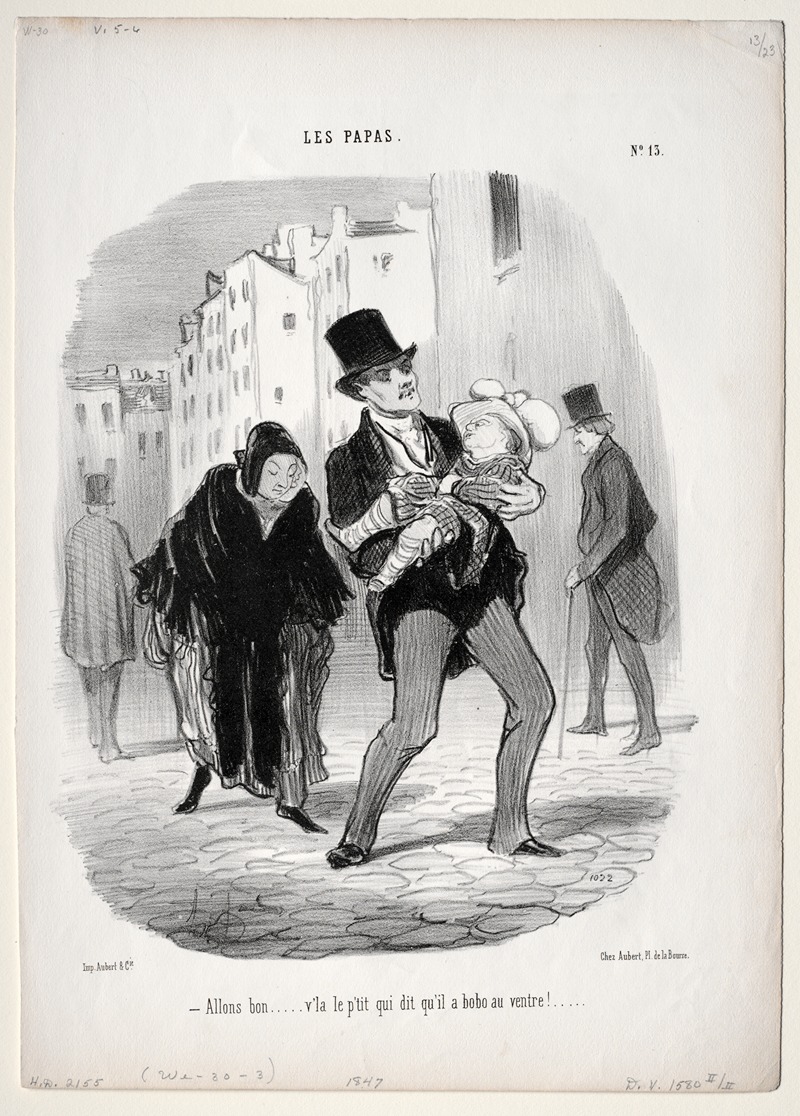
Come along, dear…
A hand-painted replica of Honoré Daumier’s masterpiece Come along, dear…, meticulously crafted by professional artists to capture the true essence of the original. Each piece is created with museum-quality canvas and rare mineral pigments, carefully painted by experienced artists with delicate brushstrokes and rich, layered colors to perfectly recreate the texture of the original artwork. Unlike machine-printed reproductions, this hand-painted version brings the painting to life, infused with the artist’s emotions and skill in every stroke. Whether for personal collection or home decoration, it instantly elevates the artistic atmosphere of any space.
Honoré Daumier, a prominent French printmaker, caricaturist, painter, and sculptor, is renowned for his keen observations of 19th-century French society. While Daumier is best known for his satirical caricatures, he also produced a number of paintings that reflect his acute sense of social commentary. One such work is "Come along, dear…" (French: "Allons, viens, ma chère…"), which captures the essence of his artistic style and thematic concerns.
"Come along, dear…" is a painting that exemplifies Daumier's ability to convey social narratives through his art. Although specific details about this particular painting are scarce, it is consistent with Daumier's broader body of work, which often depicted scenes from everyday life with a critical eye. His paintings frequently explore themes of social class, human behavior, and the dynamics of urban life in Paris during the 19th century.
Daumier's work is characterized by its expressive use of line and form, often employing a somewhat loose and fluid style that emphasizes movement and emotion. This approach is evident in "Come along, dear…", where the figures are likely rendered with a sense of immediacy and vitality. Daumier's paintings, much like his lithographs, often feature a muted color palette, focusing instead on the interplay of light and shadow to create depth and emphasis.
The context of Daumier's work is deeply rooted in the political and social climate of France during his lifetime. Born in 1808, Daumier lived through a period of significant upheaval, including the July Revolution of 1830, the rise and fall of the July Monarchy, and the establishment of the Second Empire under Napoleon III. These events profoundly influenced his work, as he used his art to critique the political establishment and highlight the struggles of the common people.
In addition to his political and social themes, Daumier's work often includes a sense of humor and irony. His ability to capture the absurdities of human behavior is a hallmark of his style, and "Come along, dear…" likely reflects this aspect of his work. The title itself suggests a narrative moment, possibly depicting a scene of persuasion or encouragement, which could be interpreted in various ways depending on the viewer's perspective.
Daumier's influence extends beyond his lifetime, as his work has been celebrated for its pioneering approach to social realism and its impact on later artists. His paintings, including "Come along, dear…", continue to be studied for their artistic merit and their insightful commentary on the human condition.
Overall, while specific details about "Come along, dear…" are limited, the painting can be appreciated within the broader context of Honoré Daumier's oeuvre, which remains a significant contribution to the art of the 19th century.





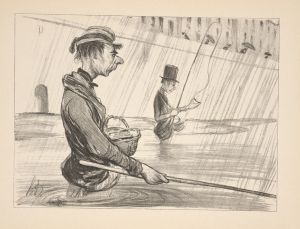
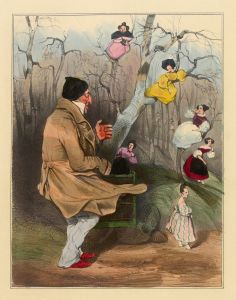
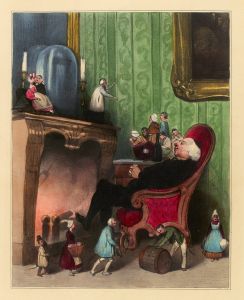



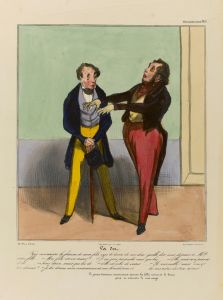
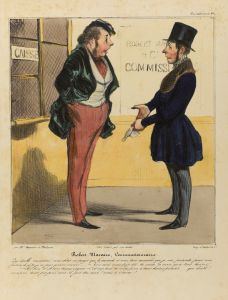




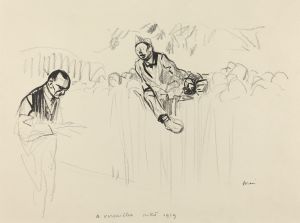
![There Is Something beneath the Sackcloth, i.e. You Can’t Judge a Man by His Clothes [The Men in Sacks]](/imgs/264663/s/francisco-de-goya-there-is-something-beneath-the-sackcloth-ie-you-cant-judge-a-man-by-his-clothes-the-men-in-sacks-eaec9eed.jpg)